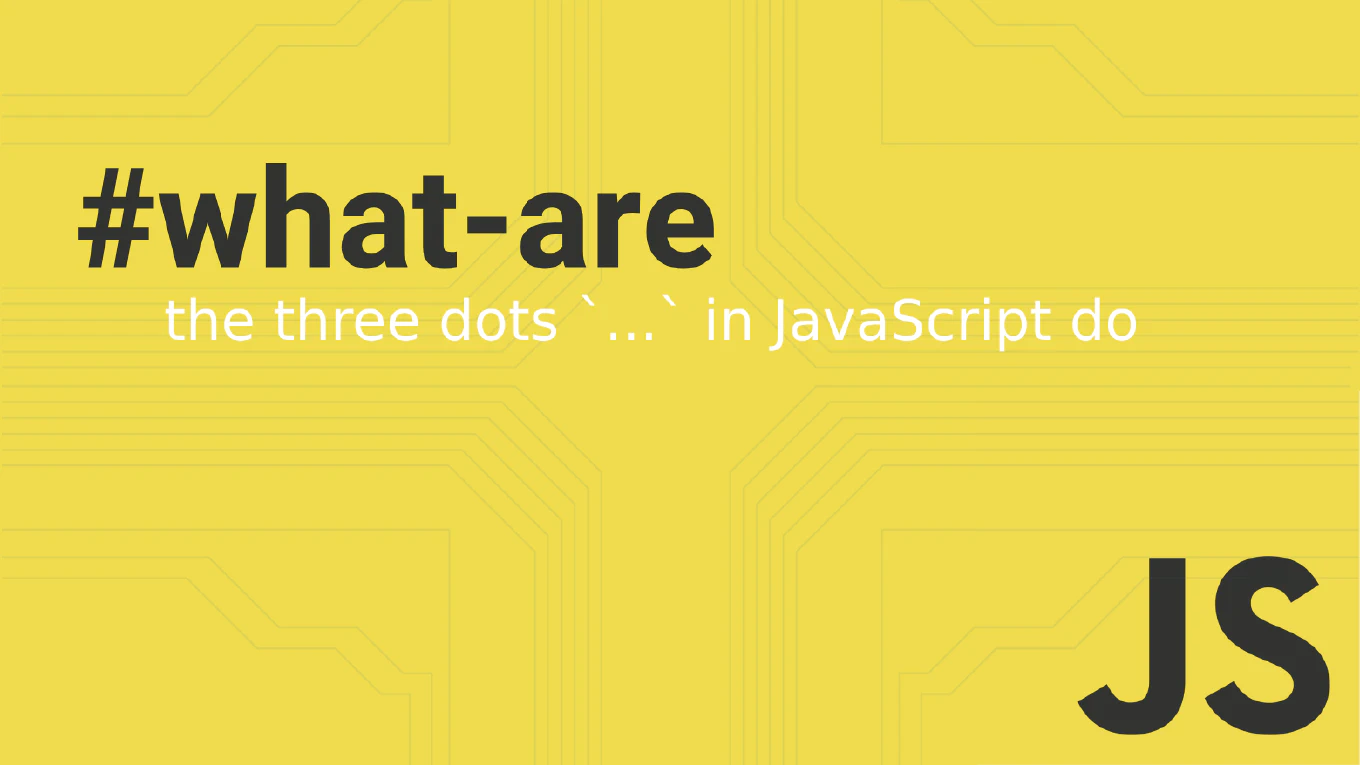How to use CanDeactivate guard in Angular
CanDeactivate guards prevent users from accidentally leaving routes with unsaved changes by prompting for confirmation before navigation. As the creator of CoreUI with extensive Angular development experience since 2014, I’ve implemented CanDeactivate guards in numerous form-heavy applications to prevent data loss. The most effective approach creates a generic guard that components can implement to control when they can be deactivated. This pattern provides excellent user experience by protecting against accidental data loss while maintaining flexible navigation control.
How to navigate programmatically in Angular
Programmatic navigation enables dynamic route changes in Angular applications based on user actions, form submissions, or business logic conditions.
As the creator of CoreUI with extensive Angular experience since 2014, I’ve implemented programmatic navigation in countless dashboard scenarios including form submissions and conditional redirects.
The most reliable approach is injecting the Router service and using its navigate() method with route arrays.
This method provides full control over navigation timing and parameters while maintaining Angular’s routing architecture.
How to use query parameters in Angular
Query parameters enable passing optional data through URLs, perfect for filtering, pagination, and maintaining application state. As the creator of CoreUI with extensive Angular development experience since 2014, I’ve used query parameters extensively in admin dashboards for search filters and table pagination. The most effective approach combines ActivatedRoute for reading and Router for navigation with query parameters. This pattern provides flexible URL-based state management that enhances user experience and enables bookmarkable application states.
How to pass route parameters in Angular
Passing route parameters enables dynamic content loading and component communication through URL-based data transfer in Angular applications. As the creator of CoreUI with 25 years of development experience, I’ve implemented parameterized routing in countless enterprise applications. The most efficient approach uses parameterized route paths with ActivatedRoute service for accessing parameter values. This method provides clean URLs while enabling components to receive dynamic data for content rendering.
How to use router-outlet in Angular
Using router-outlet enables dynamic view rendering in Angular applications, allowing different components to be displayed based on the current route. As the creator of CoreUI with 25 years of development experience, I’ve implemented complex routing systems in numerous Angular enterprise applications. The most effective approach uses router-outlet as a placeholder where Angular dynamically loads routed components. This pattern enables single-page application navigation with clean URL structures and component-based architecture.
How to pass route parameters in Angular
Route parameters in Angular enable passing dynamic data through URLs, allowing components to receive context-specific information for rendering appropriate content. As the creator of CoreUI with over 25 years of development experience, I’ve implemented parameterized routing in countless enterprise Angular applications. The most effective approach is defining route parameters in the route configuration and accessing them through ActivatedRoute in components. This provides clean, SEO-friendly URLs while maintaining proper data flow and component reusability across different contexts.
How to use router-outlet in Angular
Router-outlet is Angular’s directive that displays routed components in designated areas of your application, enabling dynamic content loading for single-page applications. With over 25 years of experience building enterprise applications and as the creator of CoreUI, I’ve used router-outlet extensively for complex navigation structures. The most effective approach is placing router-outlet strategically in layout components to define where routed content should appear. This provides clean separation between navigation structure and dynamic content while maintaining proper component hierarchy.
How to use routerLink in Angular
RouterLink is Angular’s directive for creating navigation links that enable client-side routing without full page reloads in single-page applications. As the creator of CoreUI with over 25 years of development experience, I use routerLink extensively for building seamless navigation experiences in Angular applications. The most effective approach is using the routerLink directive with proper path configuration and active state management. This provides fast, smooth navigation while maintaining browser history and SEO-friendly URLs.
How to create child routes in Angular
Child routes in Angular enable hierarchical navigation structures, allowing you to create nested components that correspond to URL segments for complex applications. With over 25 years of experience building enterprise applications and as the creator of CoreUI, I’ve implemented nested routing systems for large-scale Angular projects. The most effective approach is defining child routes within parent route configurations using the children property. This provides organized, maintainable navigation structures that scale well with application complexity.
How to create a navbar in React
Creating a responsive navigation bar is fundamental for React applications, providing users with clear access to different sections and maintaining consistent branding. As the creator of CoreUI with over 25 years of development experience, I’ve implemented navigation systems across countless web applications and UI frameworks. The most effective approach is building a flexible navbar component with mobile menu support and active state management. This ensures optimal user experience across all devices while maintaining accessibility standards.



